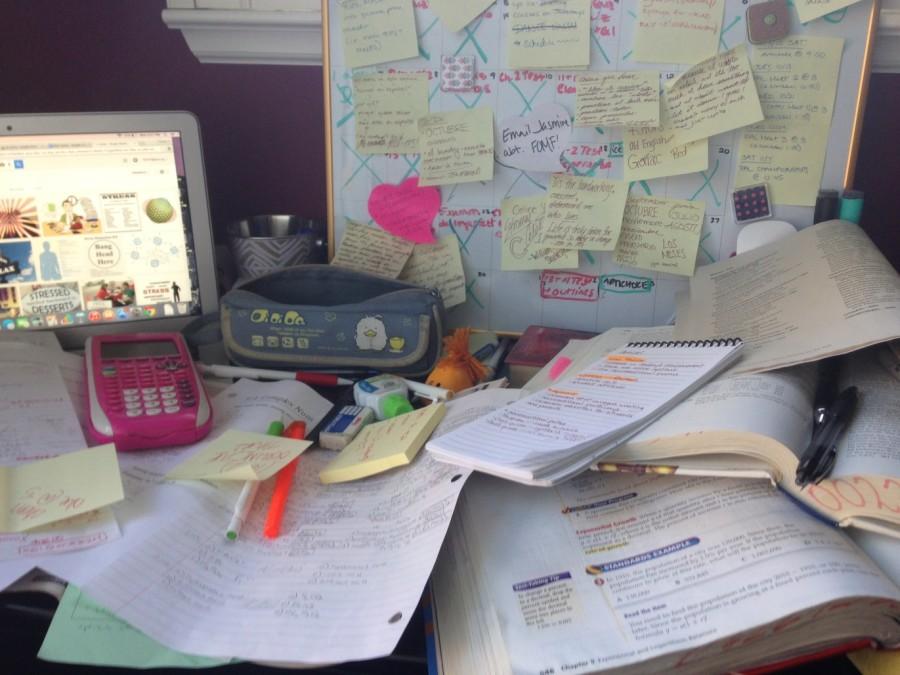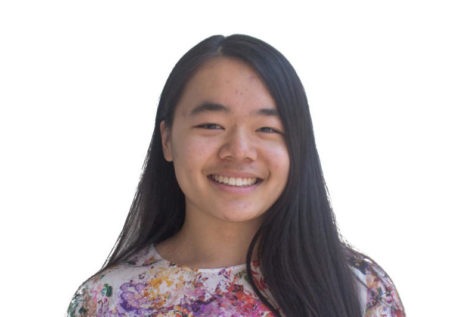People worry and wonder about the future — particularly their own. This is especially true for high school students.
With the looming PSAT/NMSQT, constant homework, peer pressure, and the age-old question, “What do you want to do when you grow up?” students are often pushed to live up to expectations. However, not many take the time to stop to take a breath and wonder why.
One thing’s for sure. In today’s high-paced environment, many students neglect to reflect on their lives and what truly motivates and inspires them, rather than fulfilling other people’s expectations.
Instructional Vice Principal Jennifer Cho said, “We’re close to a breaking point, especially here in the Bay Area, where a lot of people are pushed to the max. I don’t know how it all started, but we always put the blame on the colleges, since the bar is being pushed higher and higher.”
The rising expectations can be seen nowadays. Students often push themselves to impress colleges, even going as far as to compromising their health.
Junior Elanna Vital said, “There’s been way too much testing going on lately. College is important, but your health is more important. There needs to be a balance, and it’s important to take care of yourself as well as your education.”
Today’s educational system has become a hot issue. With constant changes and reforms in the system causing confusion, such as the new format of the PSAT/NMSQT and SAT, it’s no surprise that the level of student stress has been hitting new levels.
Sophomore Haley Masters said, “The environment is super competitive, and if someone wants to get into a UC now, they [seem to] need all ‘As’ to even be eligible. Society looks down on people who get poor SAT scores or don’t go to college.”
Many also wonder if the stress is justified and how the educational system could be improved.
English teacher Cynthia Faupusa said, “It’s problematic to use the SAT as a means of evaluating student success in higher education because it doesn’t address some of the key features in order for students to be successful.”
However, today’s status quo promotes going to a good college and getting a job that requires a degree. Many students dream of UC Berkeley and Stanford, but the concept of what makes a good college leaves many options out, such as trade schools and nontraditional pathways.
Faupusa said, “I taught at a school in San Francisco in which students spent half the day at school and half the day learning about carpentry. Many were able to get jobs straight out of high school.”
Despite knowing there are many options, the majority of the students can’t help but feel the pressure to conform to the ideals that society advocates. The ideal stereotype ingrained in the minds of students is a model applicant — someone who is accepted into an Ivy League (preferably more than one), has a grip on life, and has a successful career plan.
This ideal limits the potential of students. However, it’s truly up to the student to decide the course of their lives.
Cho said, “How we are addressing this is making sure students are educated in their options, such as the fact that we have more colleges coming to the College Center this year.”
It’s true that students feel the pressure and may want to fulfill those expectations. But once people realize who they want to be and what makes them happy, they can decide for themselves whether those hurdles in life are worth it.
“People need to not be so hard on themselves and be open to the fact that their life may take a nontraditional path, but they may end up exactly where they wanted to be. It just may look different,” said Cho.
Every student has a future, but different experiences shape people to live life their own ways.
Cho said, “It’s a lot of letting learning happen to you.”


